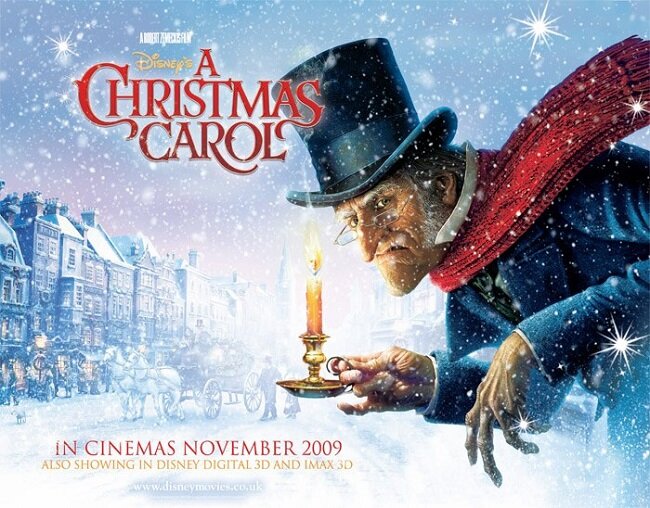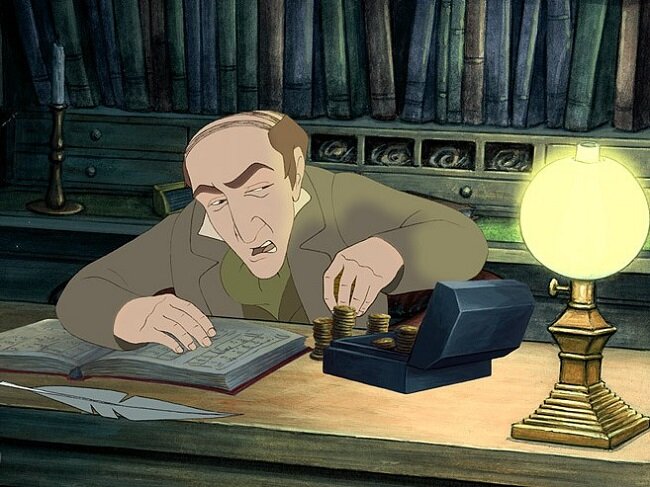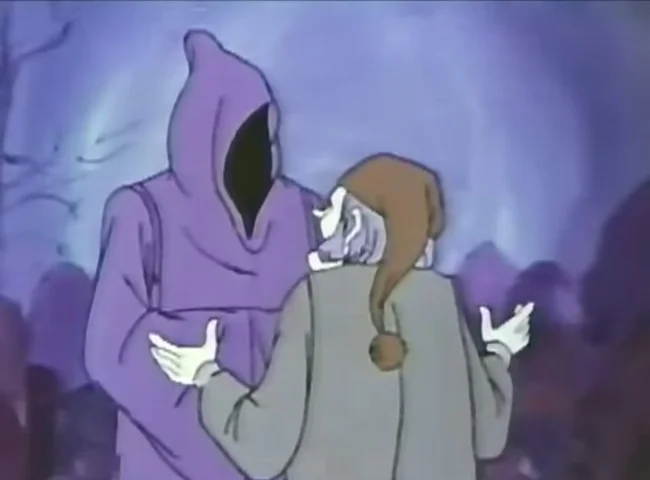A Christmas Carol (1999)
This version of Dickens novel is a very serious and somewhat sombre affair. Patrick Stewart not only stars in this 1999 TV movie but also has a producer credit. Anyone who is familiar with the actor will be aware of his long-standing passion for this tale, as he has starred in several one-man stage performances and narrated an audio book version. Stewart plays his Scrooge as more of an arrogant and aloof businessman. It’s a different Scrooge to that of George C. Scott or Alistair Sim. Here he is much more fearsome and bitter than he is cold and loathsome. Richard E. Grant is a touching, vulnerable Bob Cratchit, who looks decidedly poor and malnourished. There is a more tangible depiction of real poverty here than in other adaptations. The three ghosts are portrayed in a manner closer to the source text, although I could have done without the glowing eyes of the Ghost of Christmas Yet to Come.
In many ways, apart from Patrick Stewart’s presence, what makes this version of A Christmas Carol standout from others is its attention to detail and the inclusion of many minor details from Dickens story. For example, Scrooge travels with the Ghost of Christmas Present and visits people from all walks of life celebrating Christmas. This includes Lighthouse Keepers, Sailors, Coal Miners and even convicts in Prison. It’s an important aspect of the text that shows how Scrooge slowly begins to understand the wider meaning of Christmas and its significance to people. There’s also a greater focus upon Fred’s Christmas Day party which provides an explanation as to why he doggedly indulges his obnoxious Uncle year after year. We also get to see more of the escapades or Mr Topper, who is conspicuously single.
It’s a curious thing that for a production that spends so much time and effort, bringing such an accurate depiction of the story to the screen, it paradoxically makes quite a few changes to the original colloquial dialogue. Perhaps this was a conscious decision to try and make the film more accessible to contemporary audiences. Given the budgetary limitations, the film has quite a handsome production design although it can be a little studio bound at times. Overall this is a sufficiently different production that maintains one’s interest, despite being familiar with the story arc. If I were to venture one criticism of this version, it would be that it does feel at time more like a lecture on Dickens’ work, lacking in personal warmth. Yet it compensates for this with its level of detail.

















